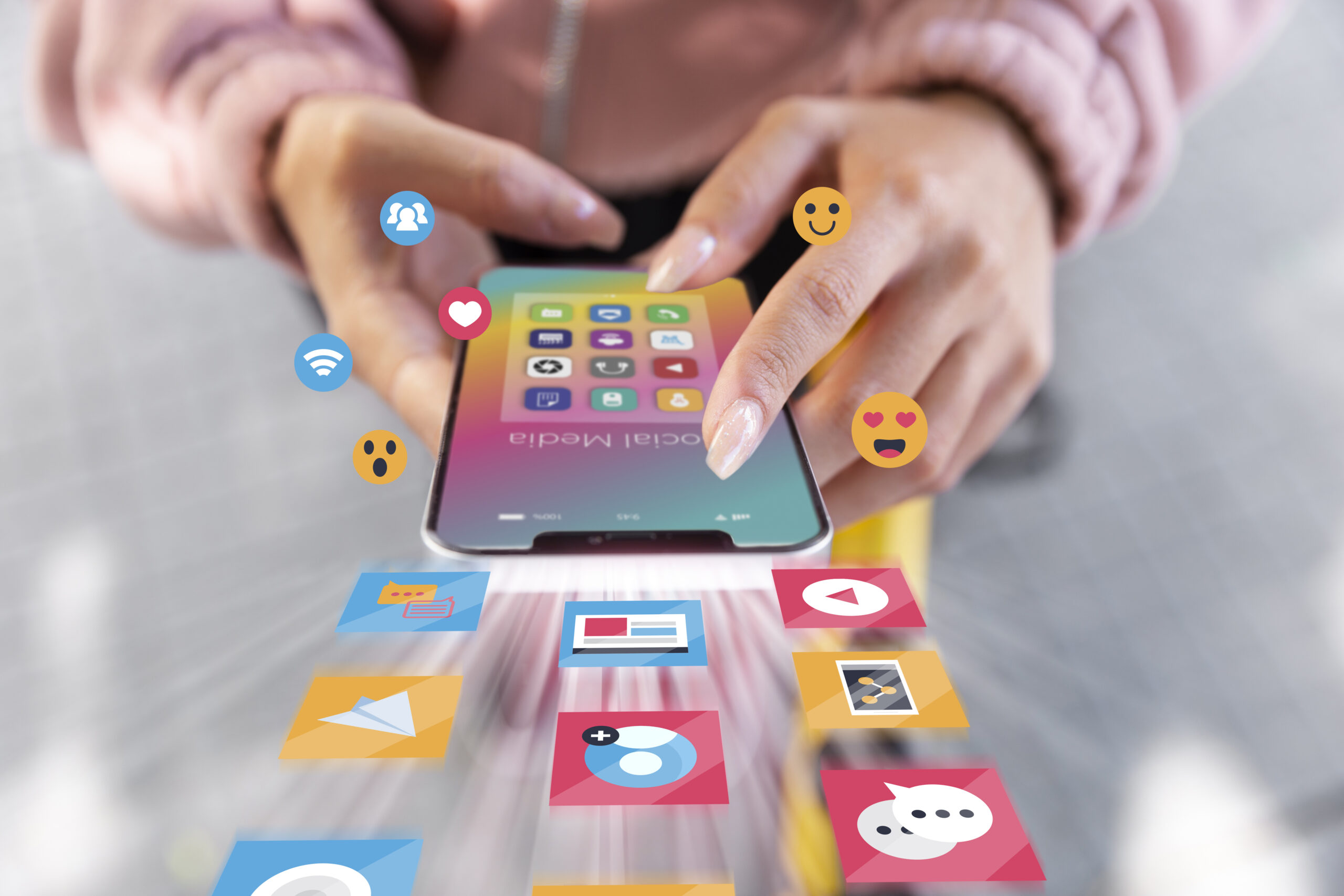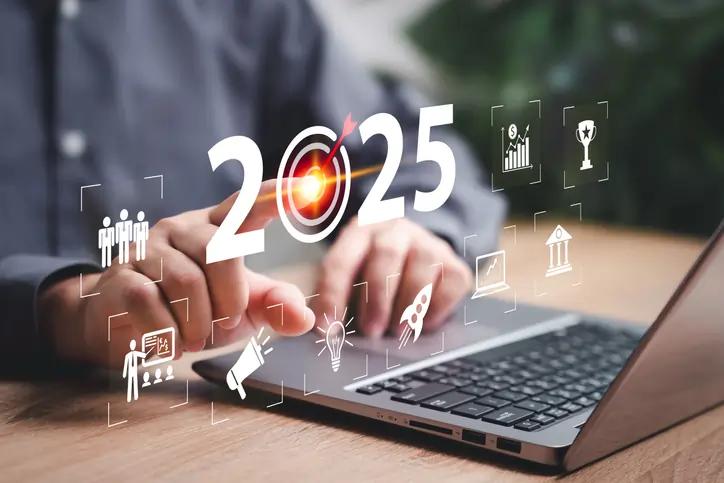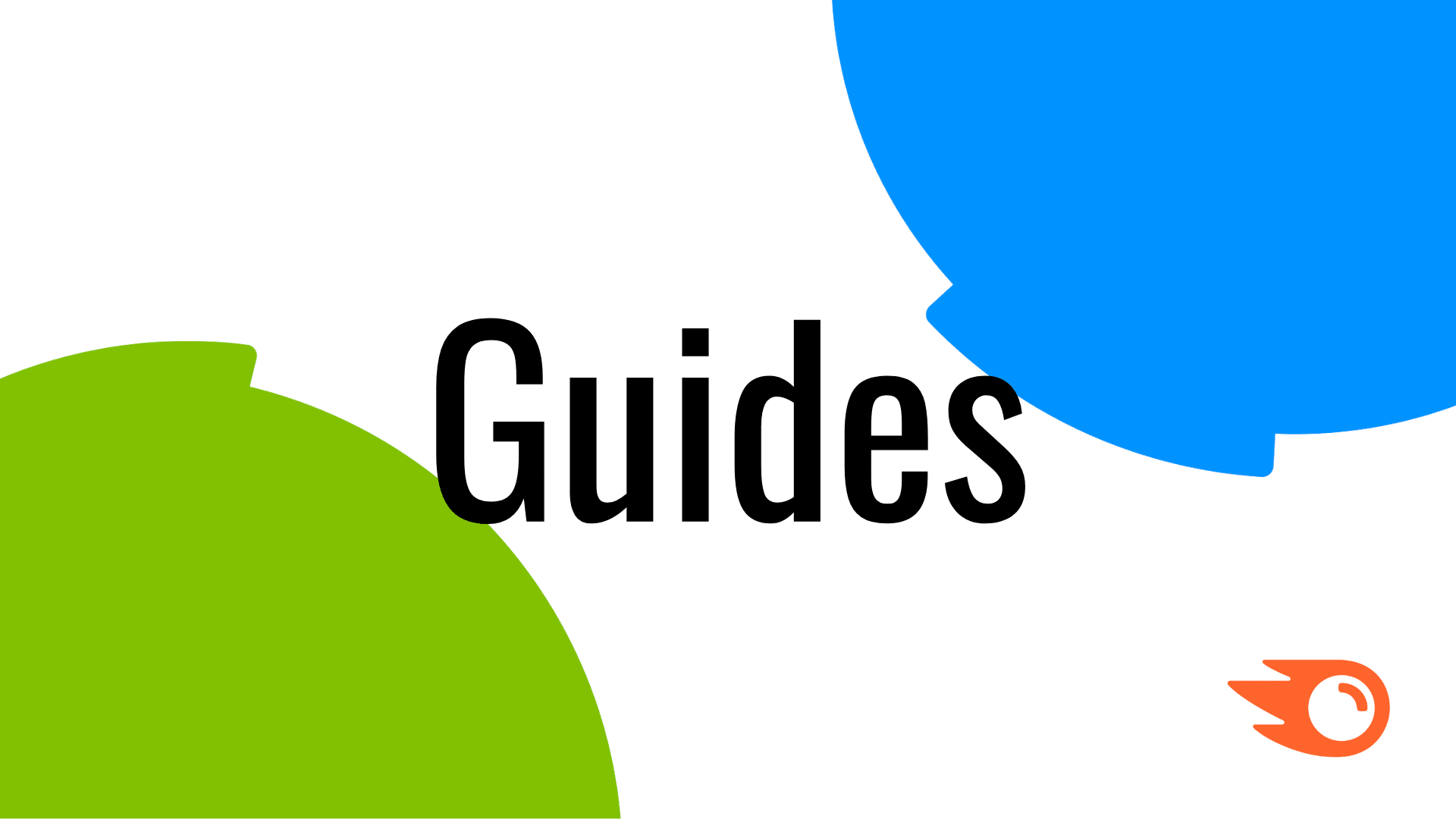How To Prioritize Accessibility In Your 2025 Digital Marketing Strategy

Getting accessibility right requires joined-up thinking
Marketers will face several challenges in 2025 when it comes to making digital marketing accessible to the widest possible audience by including customers with disabilities.
For multinationals, these can range from navigating the minefield of digital accessibility compliance legislation, particularly when it varies from region to region, to appropriately leveraging rapidly evolving technologies like AI to create content such as audio descriptions.
Other issues may include maintaining accessibility across multiple channels when third-party platforms respond in different ways to accessibility features, grappling with data deserts when it comes to developing meaningful insights on disabled customers, and last but not least, addressing a lack of disability representation across agencies and in-house teams.
Moreover, with brands increasingly including aspects such as the use of disability-inclusive language and high levels of accessibility within their RFP processes and data from leading accessibility testing platform Fable demonstrating that individuals with disabilities shop online twice as often as the general population, the stakes simply couldn’t be higher.
Last month, these important topics were explored in detail during a panel discussion at Sight Tech Global, an annual event exploring developments in accessible technology and practices, hosted by the Palo Alto-based Vista Center for the blind and visually impaired.
Here are some of the key takeaways from the panel entitled From Insight to Action: Establishing Accessibility as a Digital Marketing Standard:
Accessibility Comes From The Top And Drives Corporate Culture
Ben Ogilvie is Head of Accessibility at ArcTouch a WPP company specializing in custom software design for native apps and web IoT products. During the panel discussion he emphasized the crucial role of leadership and corporate culture in ensuring that accessibility efforts remain prioritized and consistent:
“Leadership buy-in is the linchpin of delivering on consistent accessibility and disability inclusion,” said Ogilvie.
“When you’ve got stakeholders who understand the why and aren’t looking at it just from a compliance standpoint, but from a human and addressable market standpoint and understand how disability inclusion and accessibility also align with both human imperatives and business imperatives, it really makes all the difference.”
He continued, “Accessibility is a team sport. It needs to be part of the product requirements. It needs to be part of the creative brief. It needs to be part of the copy team.” Later adding, “Accessibility isn’t a project. It’s a process. It has to be part of the DNA, part of the culture. The only way it survives and thrives in a lightning-fast environment is through being embedded from the beginning and throughout the work stream and making sure you have folks with the right mindset and expertise to help upskill those around them who are newer to the work.”
Building Meaningful Partnerships
Hannah Arner is Senior Manager Digital Consumer Experiences, in North America at The Coca-Cola Company. During the panel discussion, she shared her journey refreshing the company’s native app for North America. Arner also emphasized the importance of building the right external partnerships for the purpose of enhancing accessibility.
“It is incredibly important to find agency partners who are as passionate about this as you are. That is really what it comes down to,” explained Arner.
“We conduct consistent user testing with a wide range of users, including those with blindness and low vision, and I think that real-time feedback that we gather from those sessions has led to not only creating solutions that address those specific concerns but also serves as an inspiration to how we can improve the overall experience for all consumers. It’s vital that we capture that feedback along the way, never assuming that we’ve ever reached a stopping point when it comes to addressing accessibility but having those agency partners on that journey with you, one to hold you accountable, but also just to really keep pushing and keep that momentum moving has been our biggest driving force.”
Data Enhances Disability Confidence
Josh Loebner is Global Head of Inclusive Design at VML another WPP company and is himself legally blind. Loebner emphasized the need for broader metrics to supplement the kind of personalized insights arising from user testing.
“We do need co-creation and user testing to continually optimize the work, but we also need at the other end when it comes to conversions and return on investment, to be able to measure consumers, brand awareness, brand impact, dollars spent, finances converted to purchasing product, to know that what we’re doing with accessibility is meaningful and making a difference to the bottom line. That it’s not just a nice to have for a brand or in line with particular policies or governance,” Loebner stressed.
“But actually, consumers are hopefully purchasing more products because of the accessibility. And it’s not just people with disabilities that are purchasing those products because of accessibility, but accessibility can benefit so many more people than just people in the disability community.”
Perhaps for this latter option of leveraging metrics and data, AI can come into its own more than ever in 2025. However, without those entirely human elements of comprehending why accessibility is so very important and who you need to bring with you on the journey, you’re unlikely to be looking at the right road map for where you need to go.
link





